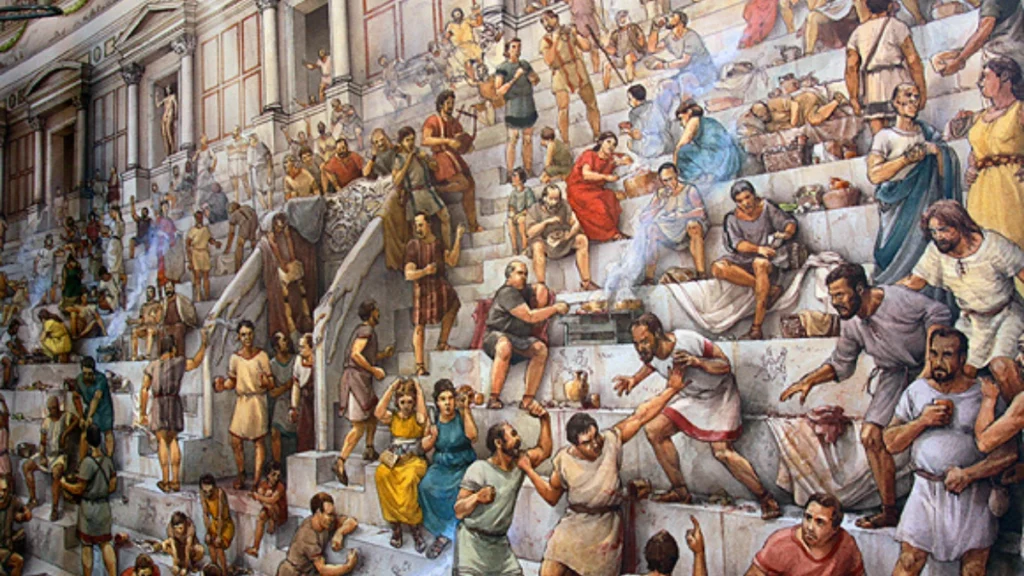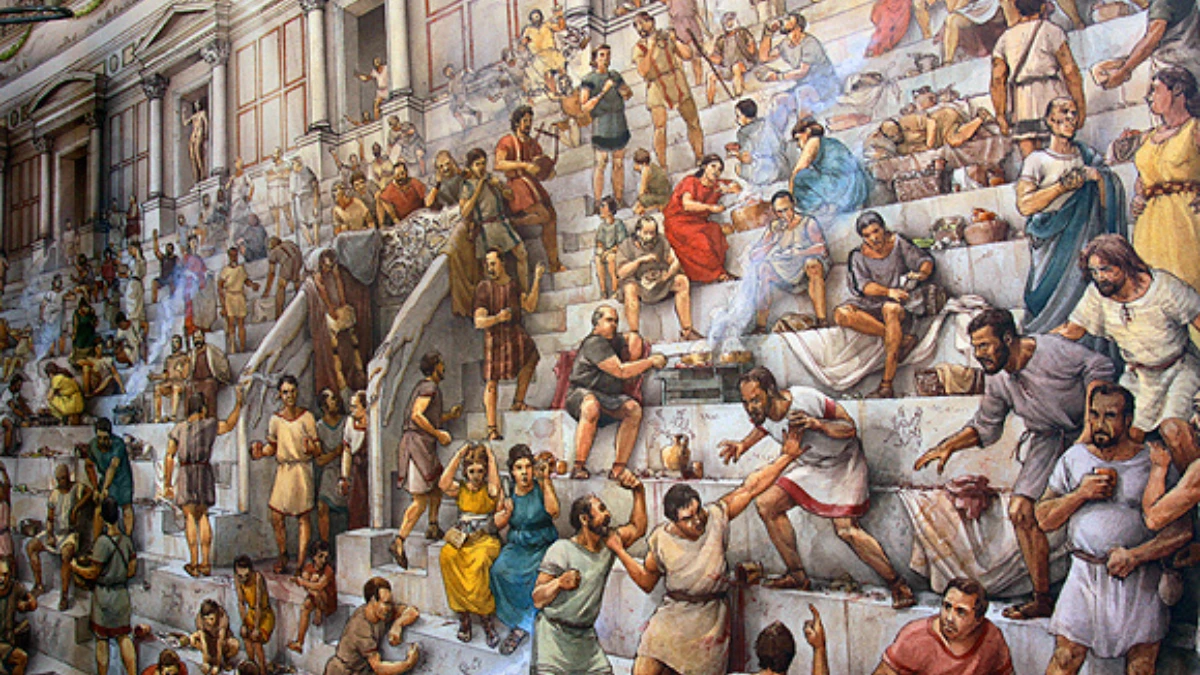Levels of the Colosseum: Explore the Seating Tiers

When the Colosseum was built, it wasn’t just about putting on grand shows—it was also about showing off status and power.
The seating arrangement inside the arena was carefully designed to reflect the social class of the spectators.
There were originally four main seating levels, and later, a fifth wooden tier was added for the lowest classes, including women and slaves.
Unfortunately, over time, the Colosseum faced damage from fires, earthquakes, and even people stealing the stone to use in other buildings.
A major fire in 217 AD, likely caused by lightning, severely damaged the upper levels.
Later earthquakes in the 5th and 14th centuries caused parts of the outer walls and seats to collapse.
Today, you can still see four levels of the Colosseum. Some parts have been restored, while others remain in ruins, giving you a powerful glimpse into the past.
When you visit, most tickets give you access to the first and second tiers, like the general admission, guided tour, underground access, or arena ticket.
If you want to go higher, to the Belvedere (upper tiers), you’ll need a special ticket.
Different levels of the Colosseum

Here is a breakdown of the Colosseum’s Seating Tiers:
First Tier (Podium): The lowest and most prestigious tier was reserved for the emperor, senators, and high-ranking officials. This section offered the best views of the arena, ensuring Rome’s most powerful citizens could witness the action up close.
Second Tier: This level was for the Roman aristocracy, including equestrians and wealthy citizens. They had prime seating, just above the senators, providing an excellent vantage point.
Third Tier: Merchants, officials, and skilled workers sat here. While not as luxurious as the lower levels, this tier still provided a clear view of the games.
Fourth Tier: This section was for the general public, including farmers and lower-status workers. The seats were higher up and less comfortable, but they still allowed spectators to enjoy the entertainment.
Fifth Tier (Wooden Seats): A later addition, this uppermost section consisted of wooden benches and was reserved for slaves, the poorest Romans, and women (except Vestal Virgins, who sat near the arena). The view from this level was limited, but it allowed even the lowest classes to witness the grand spectacles.

